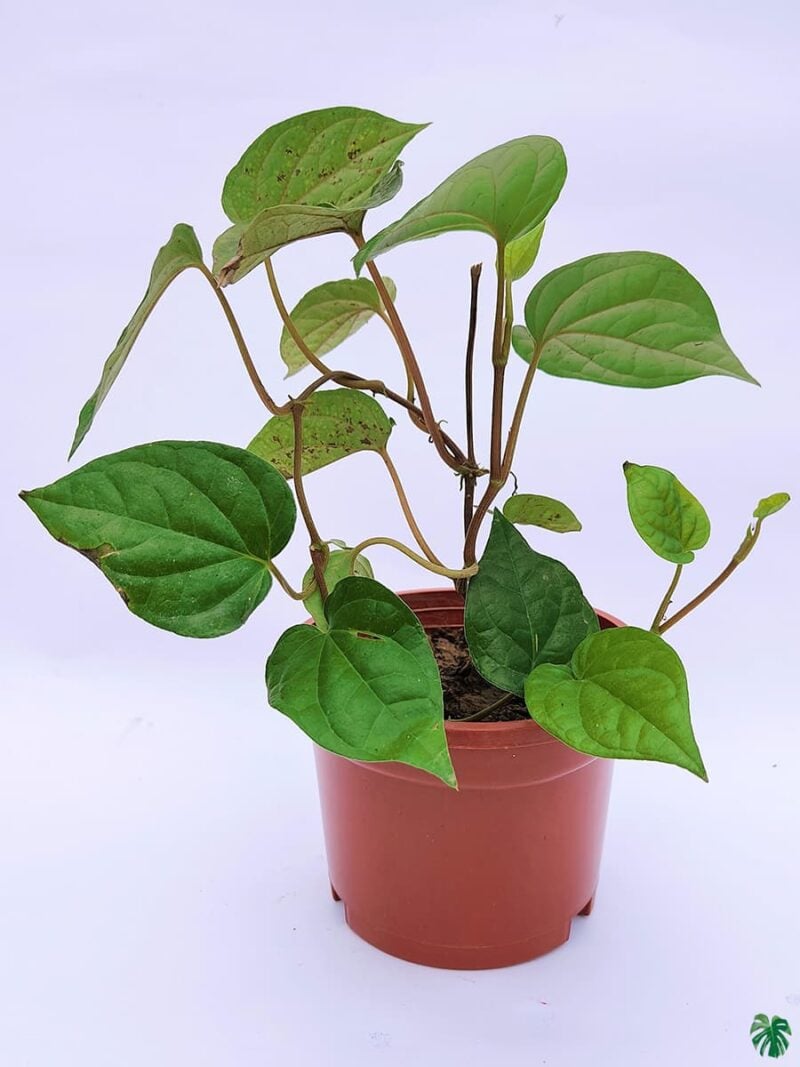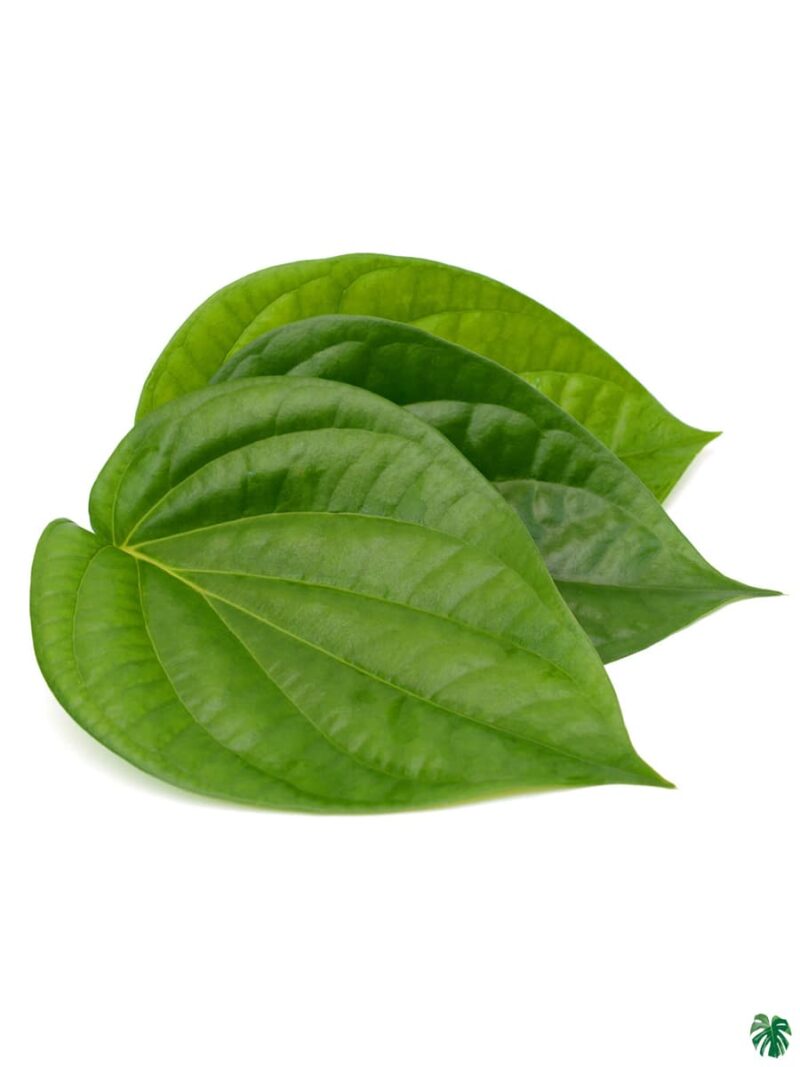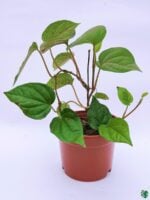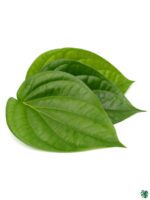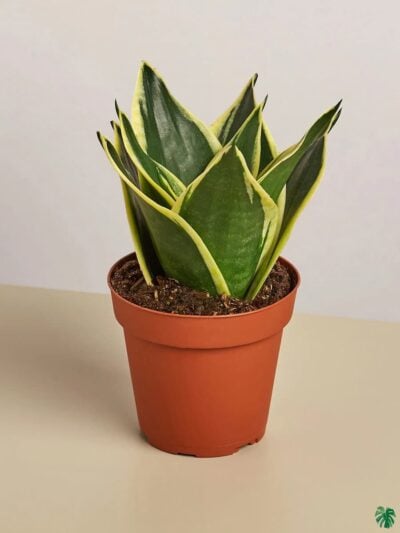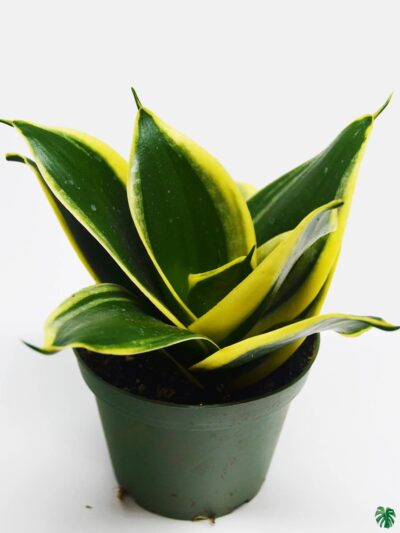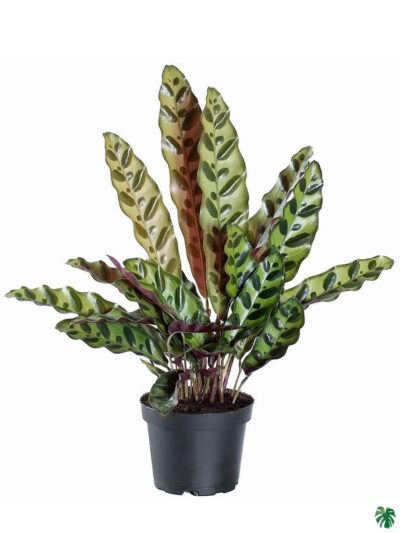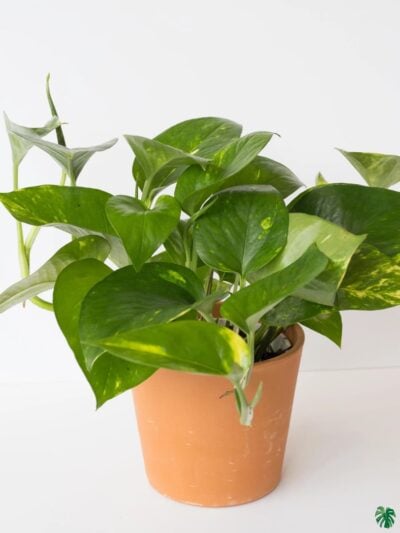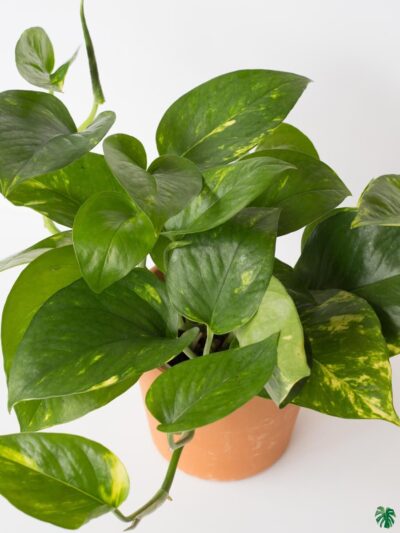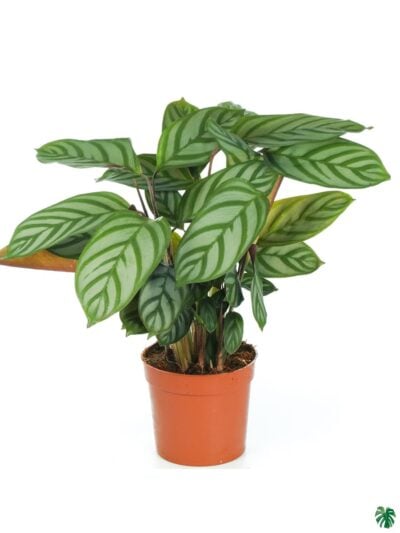Betel Leaf - Maghai Paan
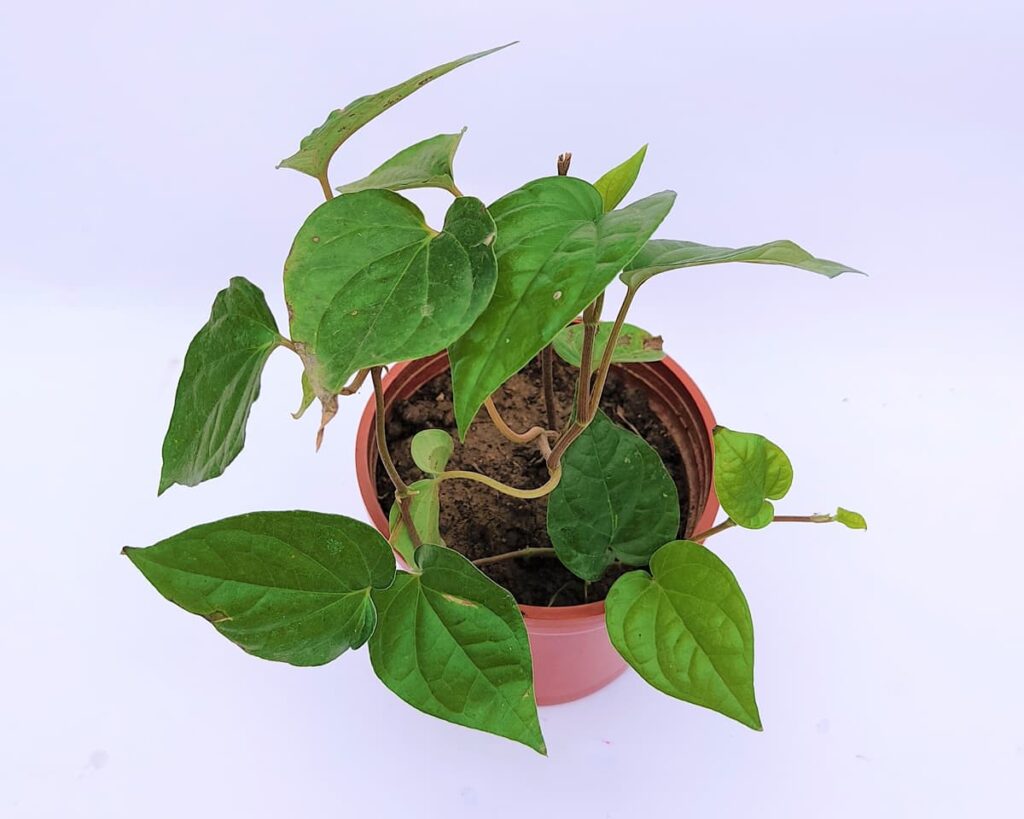
While many look at it as ‘Paan’ consumed after a good meal or just as a habit, the Betel Leaf, Maghai Paan, is also has a significant place during religious rituals in India. Maghai Paan is another good edible plant with a lot of benefits.
In India, the sheaf of betel leaves is offered to Gods, elders in the family as a mark of respect during festivals and functions. However, these glossy, heart-shaped leaves are often ignored for the huge amount of health benefits they offer to mankind.
Betel leaves possess immense therapeutic potential, which is all detailed in the ancient ayurvedic manuscripts of Charaka Samhita, Sushruta Samhita. They harbour a characteristic Tikta and Katu Rasa i.e. bitter and pungent taste and generate warmth in the body, with a strong Ushna Virya or potency. Moreover, these green bounties are blessed with Kshara guna i.e. an alkaline quality that effectively neutralizes pH imbalances in the stomach and intestines, to vastly improve digestive health.
It’s known as ‘Paan Ka Patha’ in Hindi, Tamalapaaku in Telugu, Vethalapaaku in Tamil, Vattla in Malayalam and these leaves are not as bad as you imagined. Betel leaves come with several curative health benefits as they are loaded with vitamins like Vitamin C, thiamine, niacin, riboflavin, carotene and a great source of calcium.

